For over 74 years Harmony has, more than any other gold mining company in South Africa, demonstrated true sustainability. From our enduring history, to the product we mine and the way in which it is mined, to the care we take to preserve the environment and the support we provide to our communities, Harmony has illustrated, time and again, that sustainability is the driving force of our business.
2016 – 2024
Allocating capital towards higher-quality assets and key projects
GROWTH
During this period, we have bolstered the development of our portfolio through strategic investments in and acquisitions of higher-grade and higher-margin projects.
Investments in the Zaaiplaats, Kareerand extension and the Eva Copper projects demonstrate how we are investing in acquisitive growth to build a pipeline of projects that we can take up the value curve.
Our meaningful investments in organic and inorganic growth will ensure we continue delivering long-term value creation for all our stakeholders.
- Acquisition of the Eva Copper Mine Project in Northern Queensland, Australia concluded in 2022, marking the beginning of Harmony’s strategic diversification into a future-facing metal
- Harmony and Wafi-Golpu joint venture partner, Newcrest, signed a non-binding framework MoU with government of Papua New Guinea in April 2023
- A 30MW solar plant in the Free State was commissioned in August 2023
- In March 2024, The Eva Copper Mine Project was awarded prescribed project status and granted conditional funding of A$20.7 million by Queensland state government
- First phase of the Kareerand TSF extension at Mine Waste Solutions successfully completed in November 2024, extending the operation’s life to 2040
- Harmony concludes acquisition of Mponeng and related assets in September 2020
- South Gauteng High Court approves agreement on the silicosis class action settlement
- The third iteration of the Mining Charter was gazetted on 27 September 2018
- Moab Khotsong and Great Noligwa mines acquired in March 2018
- First ever fatality-free period for Harmony as a group for the June 2017 quarter
- Full ownership of Hidden Valley acquired in October 2016
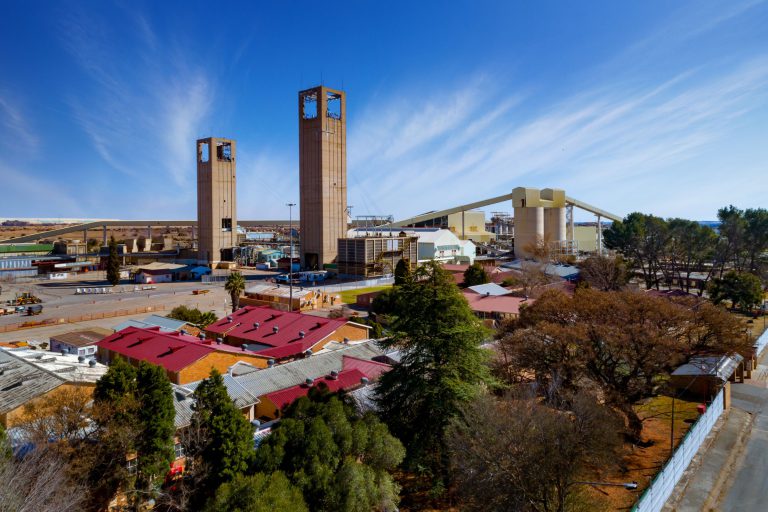
2010 – 2015
BECOMING SOUTH AFRICA’S FOREMOST GOLD PRODUCER
- In 2010, Hidden Valley, Harmony’s first offshore greenfields project in a joint venture with Newcrest Mining Limited, was officially opened
- By June 2010, 26% of Harmony’s shareholders were based in the United States
- In 2011, exploration and feasibility study results confirmed the viability of the Wafi-Golpu project held by the joint venture between Harmony and Newcrest
- In 2012, Harmony launched its first employee share ownership plan – the Tlhankanelo Employee Share Trust – benefitting 33 000 Harmony employees
- In 2013, we vendor-financed the disposal of 25% of Free State-based Phoenix Tailings operations; an additional 5% was given to the Community Trust, controlled by Harmony
- First-ever fatality free period reported by our South African operations for the December 2014 quarter
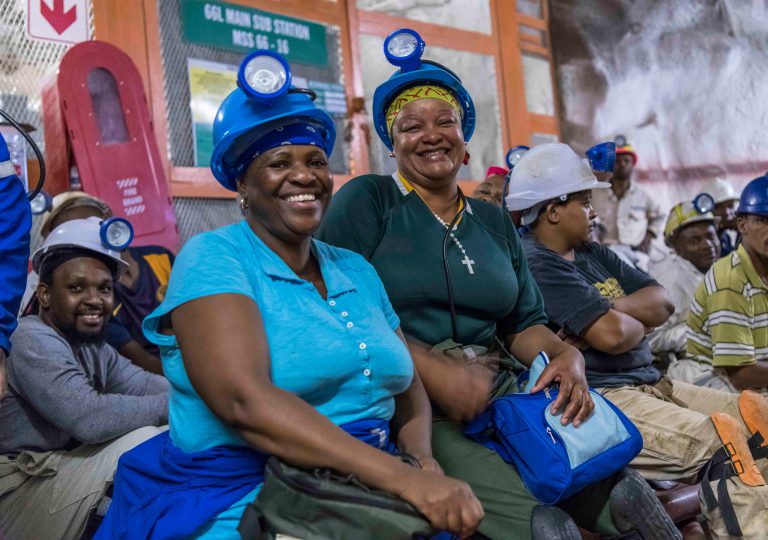
2002 – 2009
CREATING A DIVERSIFIED ASSET AND OWNERSHIP BASE
- Legislation governing the South African mining industry was overhauled with the promulgation of the Mineral Resources and Petroleum Development Act 28 of 2002
- Harmony transferred its listing from Nasdaq to the New York Stock Exchange in November 2002
- Acquired a 50% share of Freegold which included the Joel, Phakisa, Tshepong and Bambanani mines
- In 2002, Harmony entered Papua New Guinea, acquiring an initial stake in the Hidden Valley exploration project
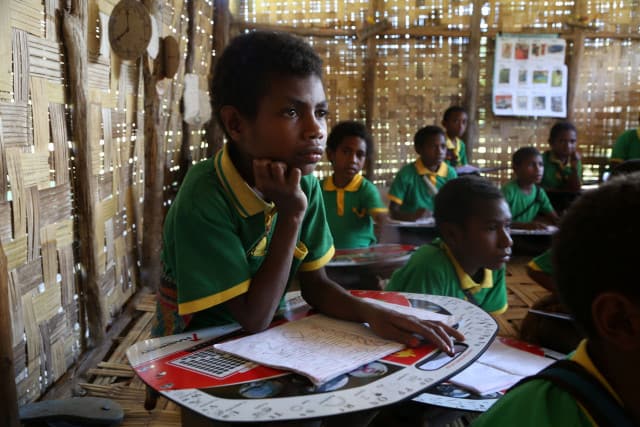
CARE
True sustainability can only be achieved with the proper management of the environment and the support of the host communities that are impacted by mining activities.
It is for this reason that Harmony takes its role as a responsible corporate citizen seriously. We have evolved our approach to mining to one that is co-operative and responsible. We pursue a myriad of programmes and initiatives that aim to uplift and develop our host communities, while mitigating our environmental impact as far as feasibly possible, to ensure that we leave a positive and lasting socio-enviro-economic legacy in the areas we operate.
- In 2003, a landmark deal was successfully concluded whereby black economic empowerment firm African Rainbow Minerals Gold acquired a 20% stake in Harmony. This was hailed as one of the most important empowerment deals of South Africa’s first decade of democracy, being a microeconomic reflection of the country’s political miracle of 1994
- Through this empowerment deal, Harmony fully acquired the Freegold operations
- On 1 October 2003, Dr Patrice Motsepe was appointed chairman
- The first iteration of the Mining Charter was released in 2004
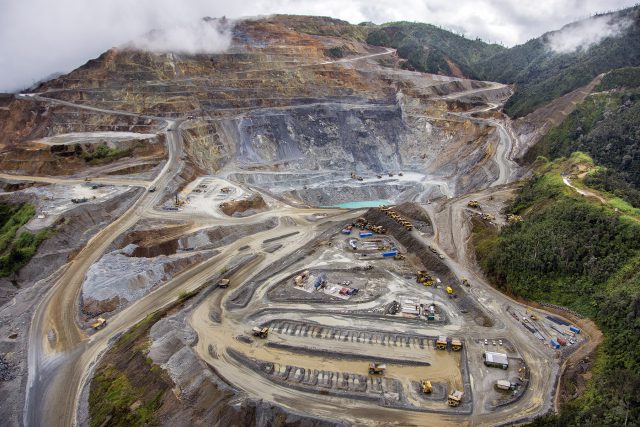
- Harmony’s acquisition campaign continues into 2004 with the purchase of Avgold, which owned the Target mine
- Harmony began a prefeasibility study, based on the resource defined at that time, as well as a substantial exploration campaign on the Wafi- Golpu prospect in Papua New Guinea
- In 2007 and 2008, Harmony buys back royalties over Hidden Valley and Wafi-Golpu held by Rio Tinto
- In 2008, the Morobe Mining Joint Venture, a 50:50 partnership between Harmony and Australian mining company, Newcrest Mining Limited, was established
1996 – 2001
FORGING AN INDEPENDENT, MULTI-OPERATION COMPANY
- Harmony’s era of growth and expansion began with the its initial listing on the Nasdaq in 1996
- The Constitution of the Republic of South Africa, widely considered as one of the most progressive in the world, was approved by the Constitutional Court on 4 December 1996, taking effect on 4 February 1997
- The service agreement with Randgold & Exploration was terminated in 1997 at which point Harmony began operating as a completely independent gold mining company
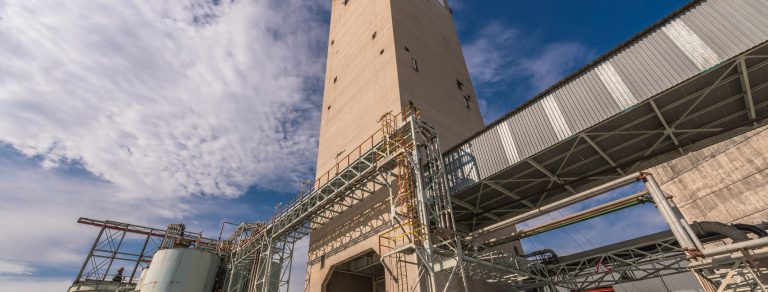
- From 1997, Harmony embarked on an acquisition strategy to expand the company from being a single-lease mining operation to becoming an independent, multi-operation, worldclass gold producer, commencing with the acquisition of Lydenburg Exploration Limited, as well as the Unisel, Grootvlei and Consmodder operations
- Between 1998 and 2000 Harmony acquires additional mining rights in the Free State, Mpumalanga, Gauteng and North West provinces in South Africa:
- Evander and Masimong in 1998
- Kalgold in 1999
- Randfontein in 2000
- Elandskraal in 2001
VALUE
The enduring value of the product we mine is unquestionable.
Its principal characteristics of being highly corrosion-resistant, malleable and highly-conductive make gold one of the most superior of the mined commodities. More significantly, it is viewed as a store of wealth, on which the true value of gold has been based for the past 6 000 years. Demand for gold is as sustainable as its characteristics and for as long as the precious metal remains that most coveted of commodities, we will continue to supply the market.

1950 – 1995
The early years
- Established on 25 August 1950 as a public company with the purpose of operating the Harmony mine, a single mine lease in the Free State; it was formed as a subsidiary of the mining finance house Rand Mines
- Listed on the Johannesburg Stock Exchange in 1951
- First gold poured in September 1954
- Production of uranium began in 1955
- On 31 May 1961, South Africa officially became a Republic
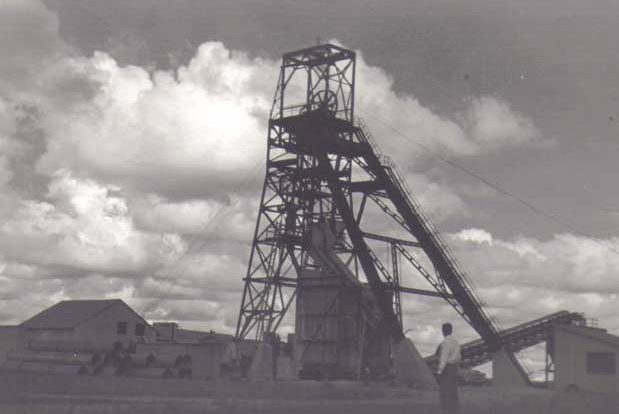
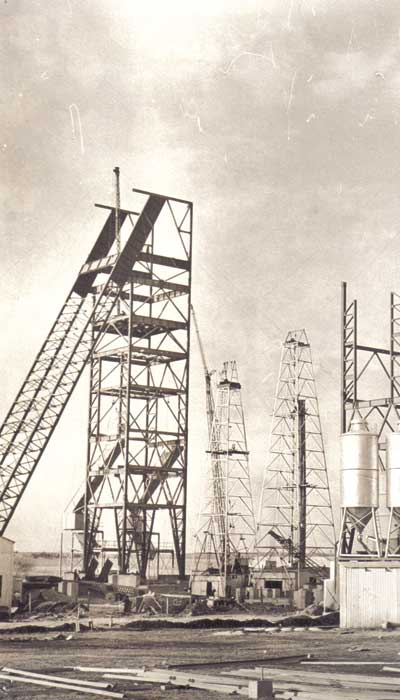
- In 1972, ownership of Harmony was transferred to Barlow Rand Group following the merger of Barlow and Rand Mines, which effectively created one of the largest industrial corporations in South Africa
- In 1973, Harmony merged with the Anglovaal-owned Merriespruit and Virginia mines to formally establish Harmony Gold Mining Company Limited. The amalgamated operation had a lease area of 9 933.67ha
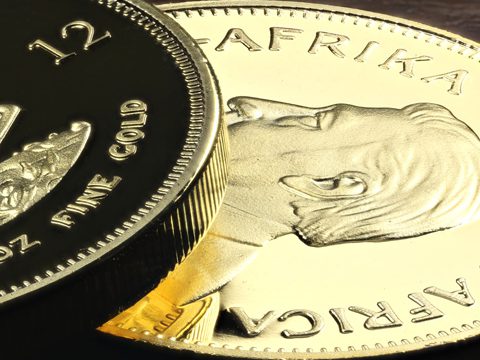
- In 1992, the gold interests of Barlow Rand, including Harmony, were spun out into the newly-incorporated Randgold & Exploration
- South Africa held its first non-racial democratic elections in 1994
- In late 1994, Randgold canceled its management agreement with Harmony and entered into a service agreement to supply executive and administrative services at market rates

TIME
Over the past seven decades, Harmony has grown from a single-lease mine into a multinational entity that has the resources, skills and fortitude to endure all conditions.
But our most telling sign of sustainability is not our longevity, but rather the way in which we are able to turn our assets to account by extracting the maximum value over a longer life-of-mine. Many of the assets we have owned and mined over the decades would have closed much earlier under previous owners. By applying our business acumen and a responsible mindset, Harmony has prolonged the lives of these assets, to the sustained benefit of employees, communities, shareholders and other stakeholders.
